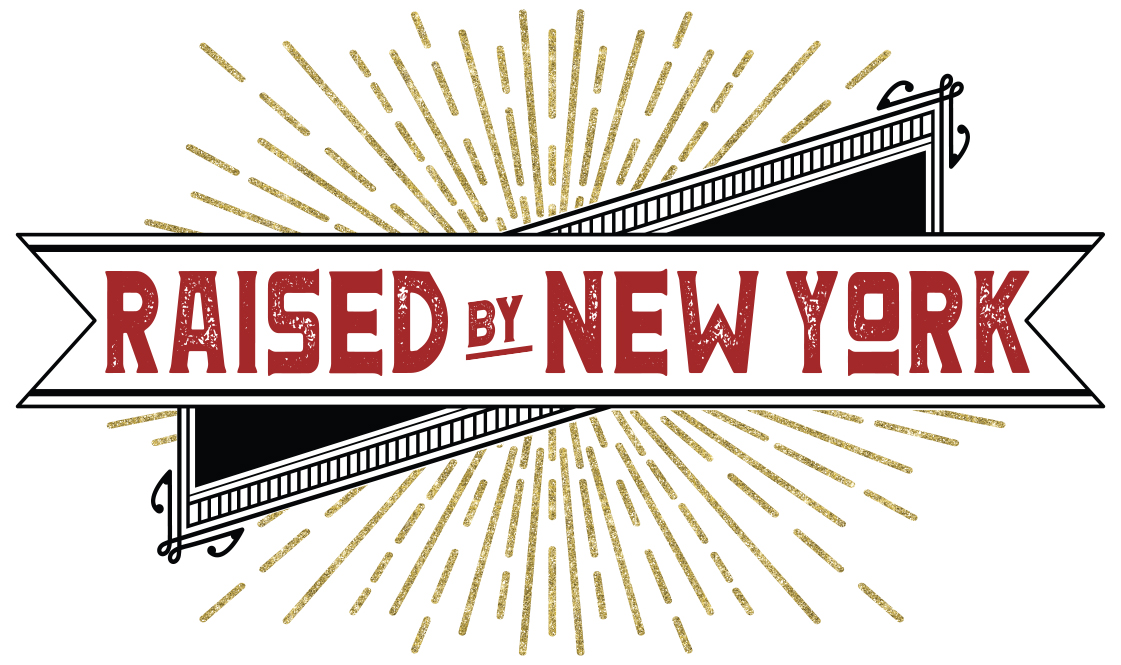NYC: Unlikely Green Utopia?
Courtesy of Metropolitan Valuation Services
Architectural marvel. Magnificent buildings. Stunning skyscrapers.
Electric. Eclectic. Exhilarating. Energetic. Exhausting.
We could go on with New York City descriptions but the one you don’t often see is Environmentally Cutting Edge. Then again, unless you’re in a field where green, sustainability, climate control, energy and such are your focus, New York City’s leadership in progressive environmental policies may not ping on your radar screen.
"Anyplace that has such tall buildings and heavy traffic is obviously an environmental disaster - except that it isn't," said John Holtzclaw, a transportation consultant for the Sierra Club and the Natural Resources Defense Council, in an article entitled “Green Manhattan”, published in The New Yorker over a decade ago. His opinion still holds up to scrutiny though you may not think so in rush hour traffic when you’re being splashed with dirty water while inhaling exhaust fumes. Your vision of a perfect environmental landscape is more verdant valleys, majestic mountains and meandering streams. But reality is that the density, towering buildings and limited green space of Manhattan create a sound environmental model.
Covering every why and whereof on the subject would require a book which is why we’re going to touch base on a short list of the good, the bad and works in progress.
New Yorkers experience pollution because building, street and population density concentrates pollutants which sadly lead to the city having a high childhood asthma rate and high cancer risk from airborne chemicals.
But all the news is far from all bad. According to the book The Big Green Apple: Your Guide to Eco-Friendly Living in New York City, “gasoline consumption in the city is at the rate the national average was in 1920.” To put that into perspective, in 1920 there were 7.5 million cars and trucks in the U.S.; In 2014, there were 256 million (and yes, it does seem like they all want to go through the Lincoln Tunnel at the same time). The city also has one of the largest fleets of hybrid busses in the country, as well as the most hybrid taxis to help alleviate the concentrated pollution.
Busses and taxis aside, because we are a mass transportation-based city, greenhouse gas emissions are already well below the national average but, realizing the threat climate change can mean, Mayor Bill de Blasio has set a goal of reducing citywide greenhouse gas emissions 80% below 2005 levels by 2050. This also includes reduction of energy usage and legal requirements for energy efficiency in buildings. At the same time, apartment and commercial office buildings are extremely energy-efficient structures.
RbNY Battery Park City
New York City is a leader in green. LEED certification, the goal of many buildings, has become a driving force in setting green standards. The Solaire, a residential building in downtown Manhattan, was the first green residential building in the U.S. Many others have since followed its lead.
Prominent commercial buildings that broke new ground in green and sustainability include Conde Nast Tower in Times Square, 1 World Trade Center, Bank of America at One Bryant Park, Hearst Tower, The (new) New York Times Building and The Empire State Building. Although they are very difficult to realize, Net Zero or Zero Energy buildings are on the rise in the city, as are installations of solar panels.
And then there’s New York City’s famous water, a result of the purity of filtering in upstate protected areas. According to nyc.gov, “Each day, more than 1 billion gallons of fresh, clean water is delivered from large upstate reservoirs—some more than 125 miles from the City—to the taps of nine million customers.” To reduce waste, the city has also installed sprinkler caps on hydrants that provide city children with a refreshing outdoor summer shower.
And let’s not forget the city’s Greenmarkets, over 100 in the five boroughs, where farmers bring fresh produce to residents and restaurateurs on city public spaces.
We live in a city of where government, companies, developers, residents and activists have come together with a mutual goal of creating one the world’s most livable, environmental progressive and healthy cities. With a nod to former Mayor Ed Koch’s trademark quote, ask me “How’re we doin’?” and I’d say “damn good.”

